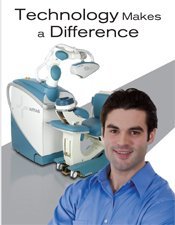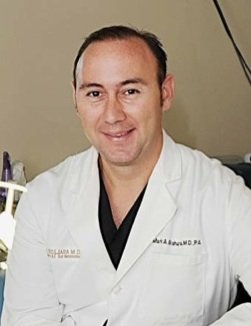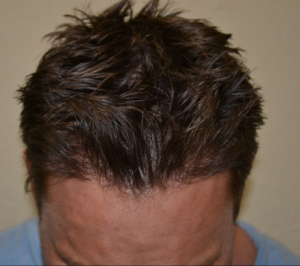Most people are a candidate for hair transplant surgery. However, in order to properly determine your candidacy for the procedure, an ARTAS physician will need to consider various factors, including age, family history of hair loss, current and projected future hair loss pattern (area of baldness), donor characteristics (laxity and density), and whether or not the goals of the patient can realistically be met.
The best way to find out if you are a candidate for a hair restoration procedure is to go to a surgeon that specializes in hair restoration. The answer will depend on the cause of your hair loss, your age, the stability of your donor supply, how extensive you hair loss is, your expectations and a number of other important factors that will be taken into account.
It’s important to have realistic expectations before undergoing a hair transplant procedure.
Remember there is a finite amount of donor hair that can be moved to the thinning areas of the scalp. If that hair isn’t used in an efficient manner the outcome of the procedure might not meet your expectations. Every patient is examined on a case-by-case basis, but here are some general types of patients that are great candidates for hair transplants:

Technology Makes a Difference Click Here to download the brochure
The best candidates for
hair restoration surgery are:
- Men who have been losing their hair due to Male Pattern Baldness for more than five years or who have progressed to a Norwood class 3 or above.
- Men with realistic expectations and who understand that their hair loss might continue to progress even if they are taking prescription medication to stop the progression.
- Men who have been balding for many years and who’s pattern has stabilized and are interested in just adding some hair to provide a more youthful appearance.
- Men and women who have lost hair due to trauma or burns
- Men and women who have lost hair due to other cosmetic procedures such as face-lifts.
Some women are candidates for hair restoration surgery. They are:
- Women who have suffered hair loss due to mechanical or traction alopecia (non-hormonal).
- Women who have had previous cosmetic or plastic surgery and are concerned about hair loss around the incision sites.
- Women who have a distinct pattern of baldness, similar to that of male pattern baldness. This includes hairline recession, vertex thinning (on the crown or top of the scalp), and a donor area that is not affected by androgenetic alopecia.
- Women who suffer hair loss due to trauma, including burn victims, scarring from accidents, and chemical burns.
- Women with alopecia marginalis, a condition that looks very similar to traction alopecia.
Hair Restoration is available for many areas, not just the head, although that is the most common place. We also do hair restoration for eyelashes, eyebrows and beards.
Please visit the website of Dr. Bishara, who specializes in Hair Restoration, Robotic Hair Transplants and Plastic Surgery at www.MarkBisharaMD.com or call our office at (817) 473-2120.













